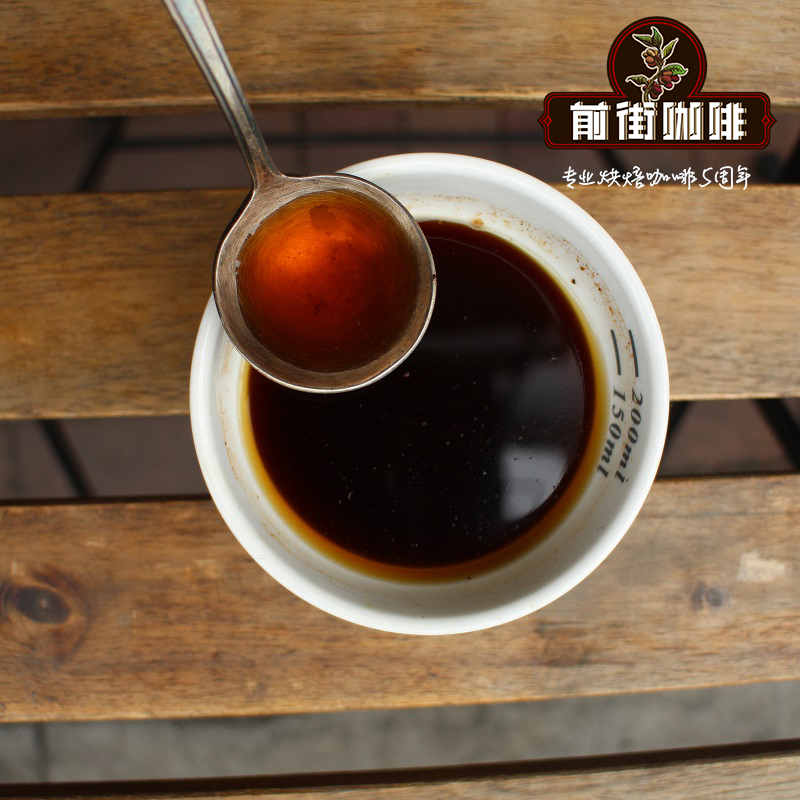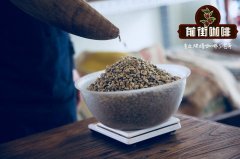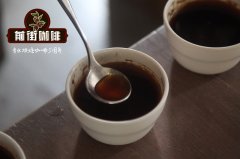How much is Kopi Luwak? How did Kopi Luwak come from? how to develop Kopi Luwak? Kopi Luwak

Professional coffee knowledge exchange more coffee bean information please follow the coffee workshop (Wechat official account cafe_style)
In Indonesia, the most famous coffee is probably civet coffee. Civet Coffee is what we commonly call Kopi Luwak. Coffee drinkers have more or less heard of it.
In fact, Kopi Luwak is eaten by the civet mature coffee fruit, through the digestive system out of the body, extracted and processed, due to the fermentation through the stomach, so the production of coffee has a different taste.
At present, Kopi Luwak has become a hot item in the international market and belongs to the gold variety of coffee.
But now, profit-seeking businessmen are no longer satisfied with the sporadic production found in the jungle, so in order to increase production, the civets are locked up and fed only berries.
Kopi Luwak, also known as civet coffee (English: civet coffee, Indonesian: Kopi Luwak, Filipino: kape motit, kape alamid, kape mel ô, kape musang). According to Indonesian, Kopi means coffee and Luwak means civet. Kopi Luwak's natural origin and artificial farms, mainly concentrated in Indonesia's Sumatra, Java, Bali, Sulawesi Island and other islands, as well as the Philippines and some places, is one of the most expensive coffee in the world, US $400 per kilogram.
Kopi Luwak is produced by the feces of Indonesian coconut cats (a kind of civet) as raw materials, so it is called Kopi Luwak. This kind of animal mainly feeds on coffee beans. After completing fermentation in the coconut cat's stomach, it destroys proteins, produces short peptides and more free amino acids, reduces the bitterness of coffee, and then excretes feces as the main raw materials. Because coffee beans cannot be digested, they are excreted, and after washing and baking, they become civet coffee.
Coffee critic Chris Rubin said that the aroma of the wine is so rich and strong, and the coffee is incredibly rich, almost like syrup. Its thickness and chocolate taste, and lingering on the tongue for a long time, pure aftertaste. Coconut cats are omnivores. Apart from eating seeds, they also eat insects, snakes, birds, amphibians and reptiles, so the feces emitted by really wild coconut cats will be mixed with all kinds of substances.
Local farmers in Indonesia catch coconut cats to raise them and feed coffee beans to make them. But there is a difference between artificial cultivation and natural ones after all. The output of Kopi Luwak is very small, so it is very expensive. And the land for sale is even less. It is rare even in Indonesia of origin. Therefore, most of the Kopi Luwak sold on the market are kept artificially, and their flavor is naturally different from that of the most primitive and natural wild Kopi Luwak.
In the 18th century, when the Dutch set up coffee plantations in the Indonesian colonies of Sumatra and Java, locals inadvertently discovered that a small animal peculiar to the region, the civet, likes to eat coffee beans and only eats mature coffee beans. Oddly enough, they eat coffee beans and pull them out.
A curious person took the bean poop pulled out by the civet to brew coffee, and accidentally found that the taste was particularly mellow, so Kopi Luwak was born.
Qianjie Kopi Luwak cooking suggestion:
V60According to one minute and fifty seconds, 15 ℃ / time
Important Notice :
前街咖啡 FrontStreet Coffee has moved to new addredd:
FrontStreet Coffee Address: 315,Donghua East Road,GuangZhou
Tel:020 38364473
- Prev

Which kind of coffee beans tastes better? what about the oil from coffee beans?
Professional coffee knowledge exchange more coffee bean information please pay attention to the coffee workshop (Wechat official account cafe_style) there is no coffee can compare with the pure Italian espresso to come rich, precise pressure makes constant temperature moisture emulsified coffee fiber naturally existing oils and proteins, the result is like a syrup-like liquid, rich flavor
- Next

How to brew Kopi Luwak? What is the method of making Kopi Luwak and Kopi Luwak?
Professional coffee knowledge exchange more coffee bean information please follow the coffee workshop (Wechat official account cafe_style) have you ever heard of Kopi Luwak (Kopi Luwak)? This coffee name, which sounds a little strange, means civet coffee in Indonesian, because it is so precious that it is known as Dream Coffee. But what kind of coffee is this? Indonesian Ko
Related
- Detailed explanation of Jadeite planting Land in Panamanian Jadeite Manor introduction to the grading system of Jadeite competitive bidding, Red bid, Green bid and Rose Summer
- Story of Coffee planting in Brenka region of Costa Rica Stonehenge Manor anaerobic heavy honey treatment of flavor mouth
- What's on the barrel of Blue Mountain Coffee beans?
- Can American coffee also pull flowers? How to use hot American style to pull out a good-looking pattern?
- Can you make a cold extract with coffee beans? What is the right proportion for cold-extracted coffee formula?
- Indonesian PWN Gold Mandrine Coffee Origin Features Flavor How to Chong? Mandolin coffee is American.
- A brief introduction to the flavor characteristics of Brazilian yellow bourbon coffee beans
- What is the effect of different water quality on the flavor of cold-extracted coffee? What kind of water is best for brewing coffee?
- Why do you think of Rose Summer whenever you mention Panamanian coffee?
- Introduction to the characteristics of authentic blue mountain coffee bean producing areas? What is the CIB Coffee Authority in Jamaica?

